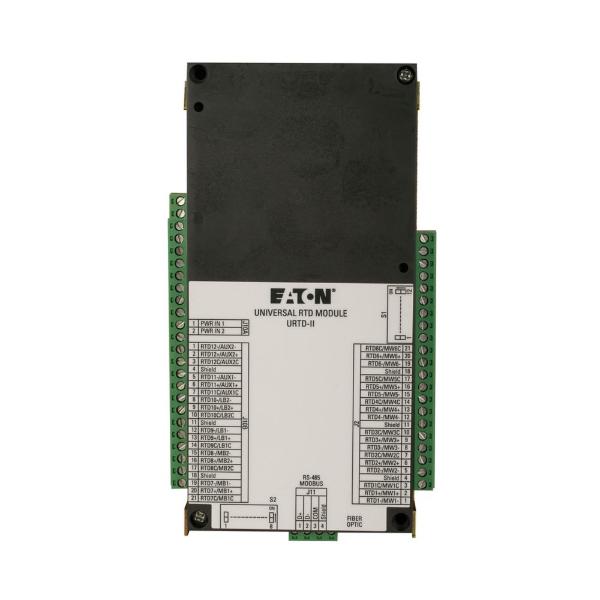Eaton universal resistance temperature detectors (RTDs) are devices used for measuring temperature by determining the electrical resistance of a material. They can be used in conjunction with the ...Read More
Eaton universal resistance temperature detectors (RTDs) are devices used for measuring temperature by determining the electrical resistance of a material. They can be used in conjunction with the MP-3000, IQ1000 II, IQ1000 and IO2000 motor protection relays. These RTDs are connected to a measuring instrument or controller, which measures the electric resistance and calculates the temperature. They have robust construction, making them durable and allowing operation in harsh environments & vibrations. Read Less
 Change Country
Change Country